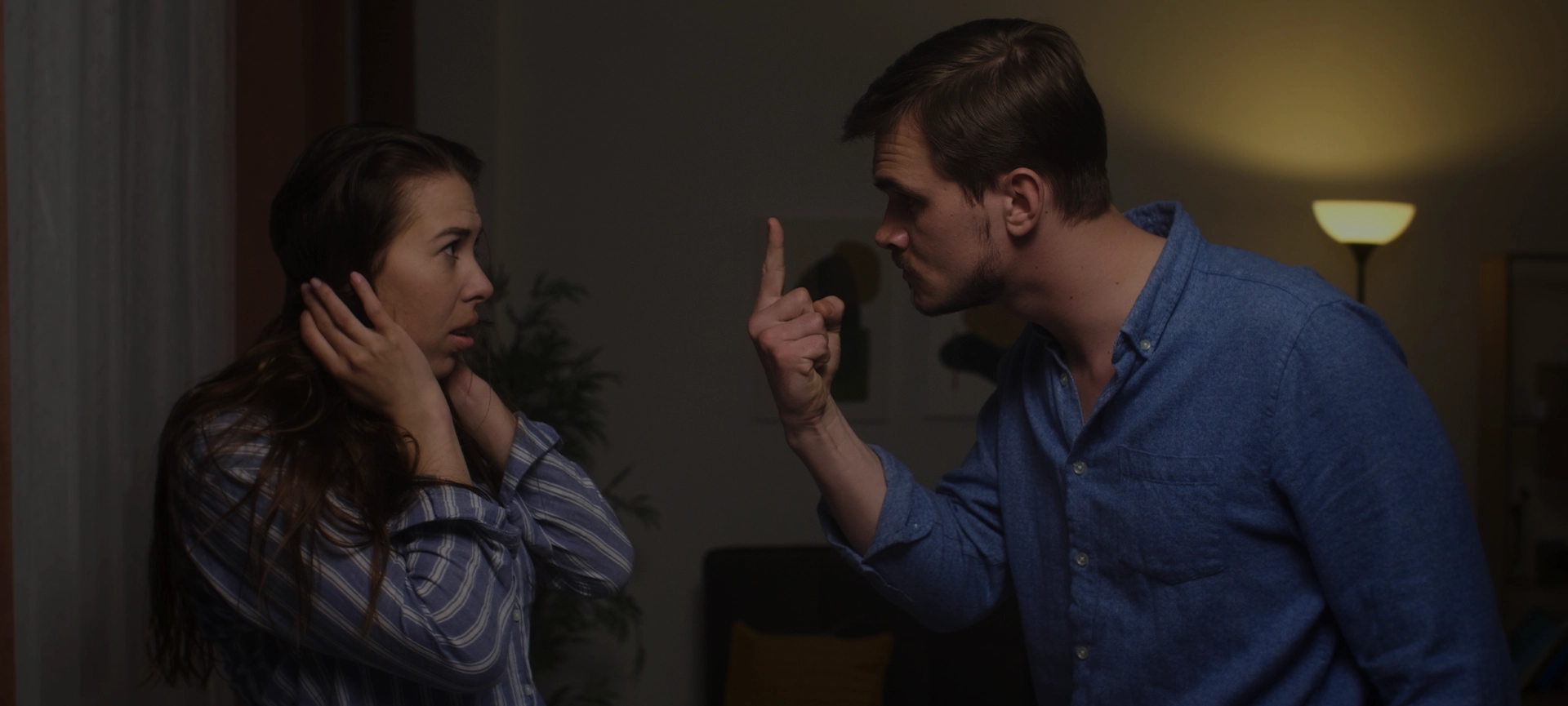Some people believe the earth is flat. Some people believe climate change is a myth. Some people believe the justice system is colour-blind. All of those people are dangerously wrong.
There is no question that the justice system — starting with the police, through the court system and into our jails — is a deeply flawed institution infected by overt and systemic racism.
For those living in willful ignorance of this sad truth, the last month must have made for a rude awakening. In two separate judgments, the Supreme Court of Canada cast a spotlight on racism in the justice system. And then the final report of the National Inquiry into Missing and Murdered Indigenous Women and Girls revealed that persistent and deliberate rights violations were the root cause behind Canada’s staggering rates of violence against Indigenous women.
The National Inquiry opened its report with a bombshell, calling Canada’s historic and current treatment of First Nation, Inuit and Metis people a genocide. It was a word that caused many to recoil in ignorant self-defence. Retired general Romeo Dallaire, who witnessed the Rwandan genocide, said of the use of the g-word in the report, “I’m not comfortable with that.” The Globe and Mail, in an unsigned editorial, also brushed off the genocide label. And, of course, Canadian journalist and a senior editor at the faux-intellectual online magazine Quillette, Jonathan Kayjumped into the debate writing that the use of the word genocide strips the term of any meaning.
That is until you look at the actual meaning of the word genocide and the National Inquiry’s analysis of the stark horror of Canada’s history.
Raphael Lemkin, who coined the word “genocide” in 1943, defined the term as the destruction of a nation or of an ethnic group through the “disintegration of the political and social institutions, of culture, language, national feelings, religion and the economic existence of national groups, and the destruction of the personal security, liberty, health, dignity and even the lives of the individuals belonging to such groups.”
Genocide is defined in the Genocide Convention as any of the following acts committed with intent to destroy, in whole or in part, a national, ethnical, racial or religious group, as such:
(a) Killing members of the group; (b) Causing serious bodily or mental harm to members of the group; (c) Deliberately inflicting on the group conditions of life calculated to bring about its physical destruction in whole or in part; (d) Imposing measures intended to prevent births within the group; (e) Forcibly transferring children of the group to another group.
Canada’s recent history with Indigenous people, a history that is in living memory and, in some cases, is still ongoing, is one of residential schools, family separations, forced and coerced sterilization and destruction of language and policies designed to crush culture.
Can there really be a question, under any definition, that this is genocide?
These are the policies and conditions that have led to thousands of murdered and missing Indigenous women and girls. These are the policies that have led to a disproportionate number of Indigenous people who are chewed up and spit out by the justice system.
This is the culture that led an RCMP officer to ask an Indigenous girl, who was in the care of the B.C. child welfare system, if she was “turned on” by the sexual assault she was reporting.
The National Inquiry’s final report and the backlash against its findings make it clear that racism still infects the justice system.
And the Supreme Court of Canada agrees. In the case of Barton, released days before the National Inquiry’s report, the court acknowledged the detrimental effects of widespread racism against Indigenous people within our criminal justice system. The court went on to plainly state what anyone who lives in the justice system trenches knows all too well: “Trials do not take place in a historical, cultural, or social vacuum. Indigenous persons have suffered a long history of colonialism, the effects of which continue to be felt. There is no denying that Indigenous people — and in particular Indigenous women, girls, and sex workers — have endured serious injustices, including high rates of sexual violence against women.”
And a week later, in the case of Le, the Supreme Court again reiterated that members of racial minorities have disproportionate levels of contact with the police and the criminal justice system — not because of their conduct but because of the colour of their skin.
The last few weeks, as the impacts of Canada’s systemically racist and genocidal policies have been laid bare for all to see, have been heart wrenching and disturbing.
Some will continue to insist that if you sail far enough you will fall off the edge of the earth. And some will deny climate change even as they drown in the rising oceans. And some will quibble over semantics in an attempt to preserve colonial and racist structures.
If we are to take any steps forward toward true reconciliation, we need to reject conspiracy theories and old colonial attitudes and begin to come to grips with the full extent of Canada’s wrongdoing.



